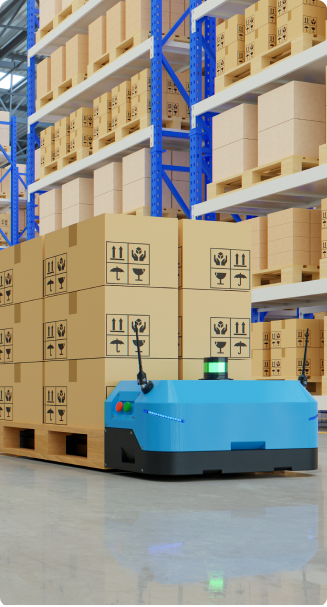Conquering 202x through Modern Application Development

A robust and flexible bridge to digital transformation
Modern application development is a highly effective approach to designing, building, and managing software in the cloud.
Modern application development (MAD) amplifies the agility of your people and teams, while also enhancing the reliability, scalability and security of your applications. Through automation it minimizes operational overheads while enabling your teams to spend more time on designing better business strategies and logic. MAD offers an environment which encourages experimentation because minor failures don’t cause system outages.
Why Modern over Traditional
2x
growth in profits
8x
Achievement of KPIs
6x+
Better at delivering business insights
7x
Better at functionality and security
Principles of Modern Application Development
Modern application development aims to innovate by using cloud-native architectures with loosely coupled microservices, managed databases, AI, DevOps support, and built-in monitoring.
User Acceptance
Speed-driven
Security is Critical
Continuous Learning
Modular Approach
How it will benefit your business?
Since the monolithic infrastructure is not adopted, incorporating different elements of IT is an easier task because of which various tasks can be accomplished.
1. Faster Time-to-Market– Applications are built quickly with low-code and DevOps approaches, and AI is incorporated into them. The cloud-native architecture ensures portability and scalability.
2. Enhanced Reliability and Security– Threat detection and prevention is an integral principle of MAD and it ensures consistent quality delivery of data and performance of databases and applications.
3. Increased Agility– Through microservices architecture, applications are made easy to deploy, manage, and scale. With the MAD approach, ownership can be distributed and experimentation encouraged.
4. Cost-optimization– Low-code solutions and involvement of advanced and sometimes AI-driven tools ensure reduction of long-term operational costs.
5. Remote Development– Automated, modular, secure, and cloud-native environments help in remote governing the development as well as maintenance of the application.
How to Build a Modern Application?
Modern applications should be written with future demands in mind and should incorporate an agile, portable, and modular approach that provides scalable solutions
MAD is bolstered by a variety of principles and techniques. Agile methodology, for example, makes work more manageable and allows teams to be more receptive to user insights, evolving business requirements, and a rapidly changing competitive landscape. One key thing to note before building modern applications out in their entirety is the value of building Minimum Viable Products (MVPs) to validate products or features and incorporate the learnings into the actual development process.

Architectures for modern applications are based on a set of microservices across the cloud and serverless environments. Microservices speed up development and boost application resiliency. A mixed hosting approach offers improved elasticity and fault tolerance and significantly lowers the cost of compute time.
Technologies, based on a modern stack, are carefully selected to support unique needs of the application; and support continuous integration, testing, and deployment.
Analytics also plays a crucial role. Ongoing assessment, performance monitoring and diagnostics are performed to confirm that adequate capacity has been deployed, while other tools offer insights such as user flow, demographics, and engagement.
Modern applications rely on the support of UX specialists, who study and determine needs, prototype designs iteratively, and validate them with users before the development efforts start.
How Can Techigai Help with your Modern Application Needs?
We can bring our extensive application development experience to help you with the entire product development lifecycle, as well as review your current approach.
- Validate the utility and usefulness of new features quickly
- Quickly validate your current technical approach
- Ensure that your users have a fast, secure, and consistent experience across all devices
- Make high-velocity incremental improvements
- Manage performance testing, load testing, and unit/regression testing reliably
- Maintain control of your critical applications and data
Contact us to learn more.
“
Software is easy to make, except when you want it to do something new. And then, of course, there is a corollary: The only software that’s worth making is software that does something new.
Scott Rosenberg




